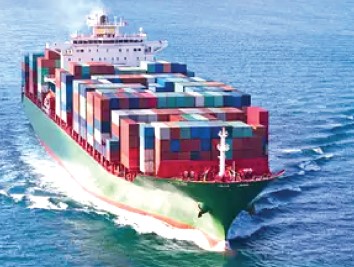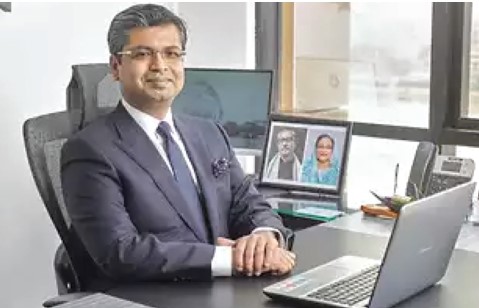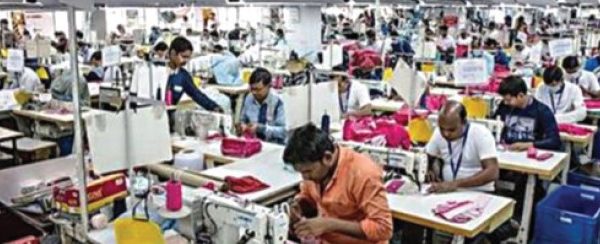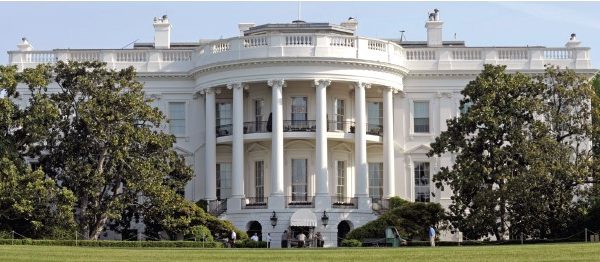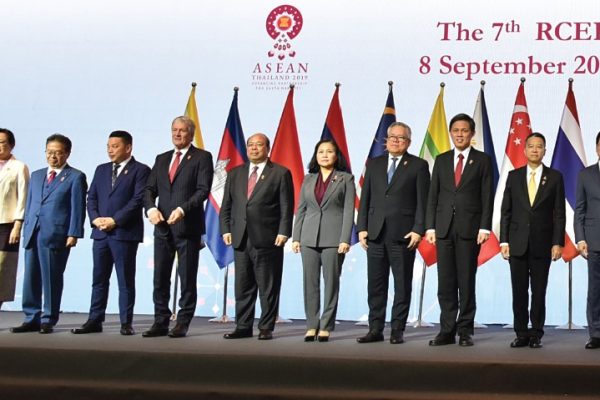
‘Red Tape Must Go’- Ramaphosa
As per a government statement released by the South African Department of Home Affairs, 75 countries on the African continent and abroad have been granted visa-free status, including the US, Canada, Cuba, and Qatar, but citizens of China, India, and Nigeria – three of the most populous countries in the world – still complete the…






